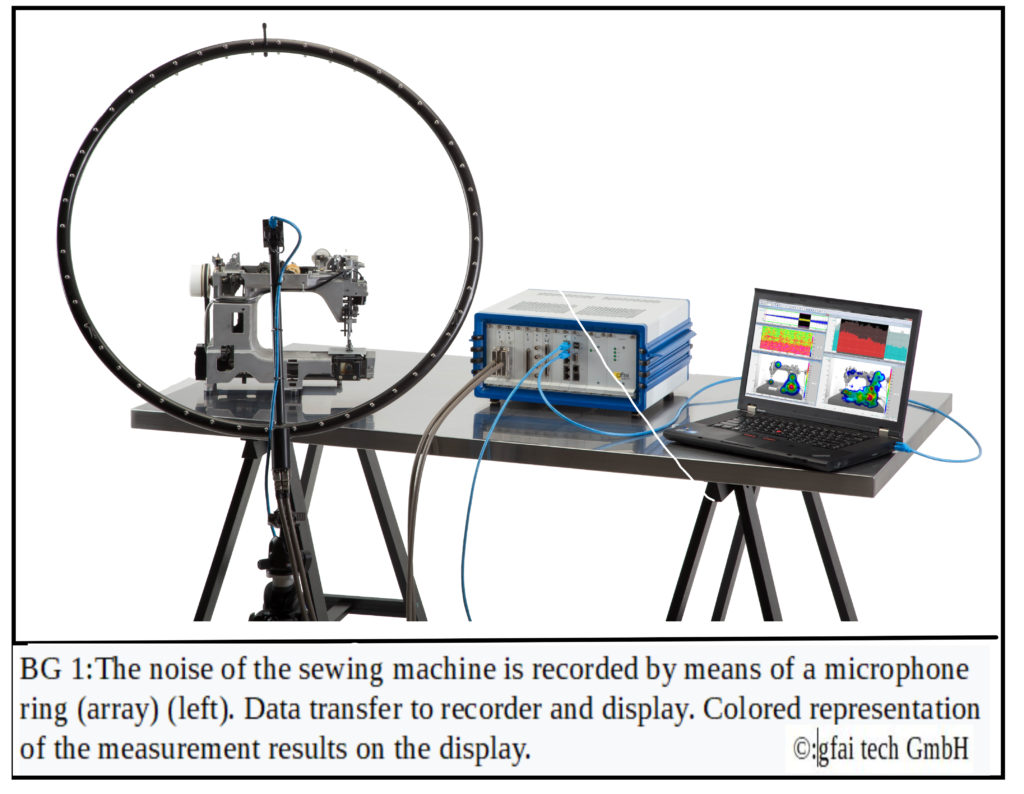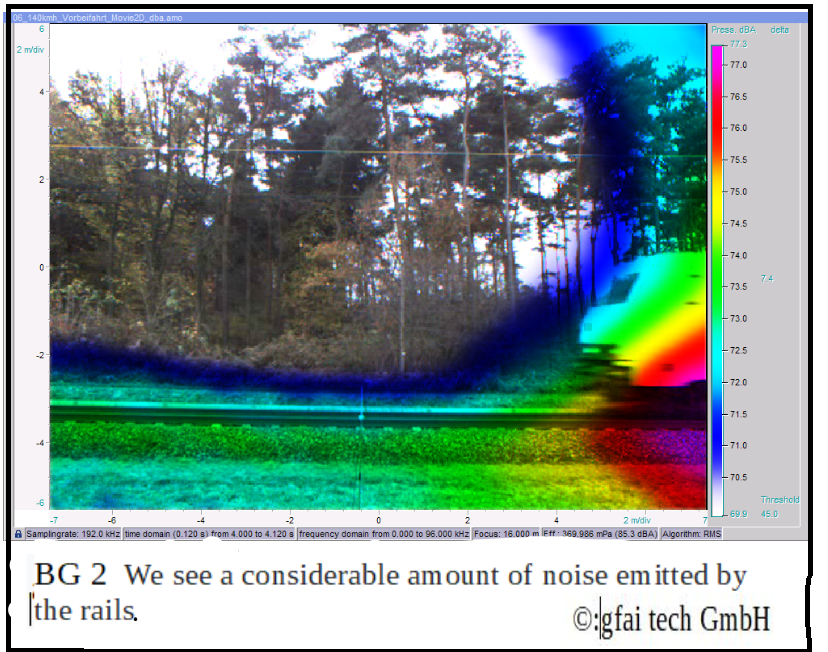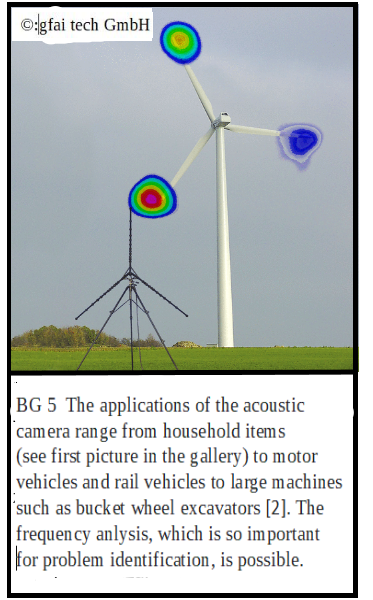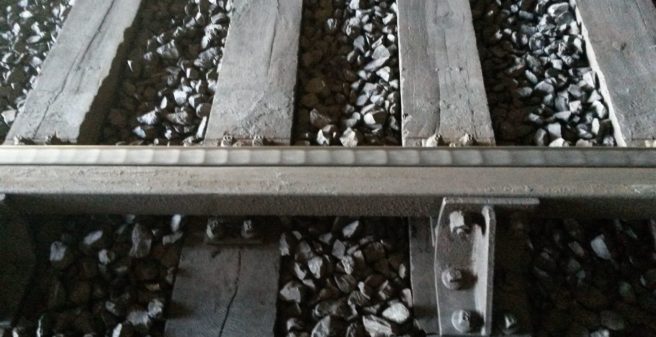
Part 2: Focus on mainline
In May, in a first article on the subject of railway acoustics, I gave a brief introduction, After that I described application examples from the tram and local transport sector [1]. Some of this can be transferred directly or adapted to the “big” railroad, and vice versa, some of the following contribution will also be of interest for trams.
Repetition is important in imparting knowledge, so I’ll summarize again briefly:
- Noise levels add up logarithmically – see knowledge pages in [2]. Therefore, when taking measures to combat noise, you always have to start with the dominant sound source or with the greatest weak point in the insulation.
- The A-weighting reflects the frequency-dependent properties of the human hearing. We are therefore almost always interested in the A-weighted sound pressure level LA in dB (A).
- One should always try to get as close as possible to the source with the acoustic measure
There are three main sources of noise in rail traffic:
- the rolling of the steel wheel on the rail;
- aerodynamic noises, which become more dominant with increasing driving speed and are therefore of particular importance in high-speed traffic;
- and the noises of aggregates (drive, cooling, air conditioning and power generation). They are of particular interest when the vehicle is at a standstill, where they are not masked by the driving noises.
Very important for the steel wheels to run quietly on the rails are low roughness on both surfaces. In a paper by the TU Berlin [3], the noise development is shown as a function of the roughness.
Such roughness is also caused by gray cast iron brake pads on the wheel surfaces. That was one reason for the introduction of disc brakes (especially for railcars and passenger trains) and (currently) of composite brake blocks for freight cars.
On the rail side, it is not the rail joints but the corrugations (Fig. 1) that are our biggest problem. These are undulating bumps with a wave height of 0.1 to 0.4 mm, sometimes even more. They produce a howling noise, with the noise emission being increased by up to 20 dB (A). It has not yet been possible to unequivocally fathom the cause of their formation. Grinding trains or rail milling machines are used to remove these corrugations.
When the wheel rolls on the rail, vibrations occur. Figure 2 shows the possibilities of sound radiation. This can be both the chassis of the vehicles and the track.
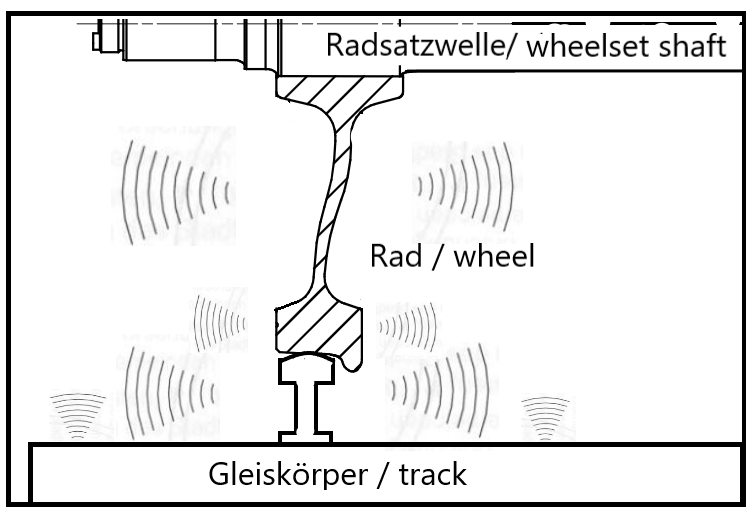
I would like to refer to a very old study by DB, Stankiewicz and Klöckner Werke AG, the conclusions of which, however, from my point of view are still up to date. It was realized that in each individual case it has to be analyzed whether the sound radiation from the wheel or the rail dominates [4].
The following picture gallery shows measurement images that were recorded with the acoustic camera of the Society for the Promotion of Applied Computer Science (gfai tech GmbH).
Systems have also been developed for the rails that reduce sound radiation, e.g. rail web dampers.
Picture gallery (please click to open):
In critical areas, soundproofing walls can protect residents from the effects of noise. In addition to the large, almost draft-high structures, there are smaller versions, but these have the advantage that they can be built very close to where the noise is generated. As a reminder: the light space is narrower at the bottom than at the top. The great advantage for the passenger is that the view of the landscape is retained. These so-called low-noise insulation walls also fit much better into the landscape or the cityscape. Logically, they do not work with aerodynamically generated noise.
In general, soundproofing walls must also take extraordinary events into account: construction work and accidents in which escape routes must be available and access for relief services must be secured.
In [5] a special design made from a combination of new and old rubber is described.
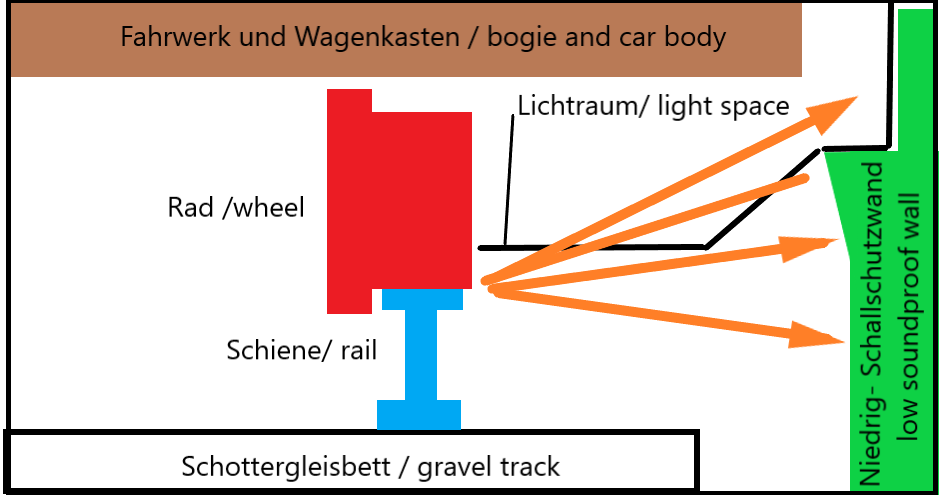
Summary: The generation of noise in rail traffic has been explained. The following article shows how the noise pollution for residents can be noticeably reduced through rail maintenance and soundproofing walls.
On my own behalf: In the two articles I mentioned my book “About the art of building a train” [2] several times and referred to the nine pages of knowledge it contained on various technical topics (for instance acoustics). I still have a few remaining copies that can be ordered eigenverlag.iwainsky@gmail.com. For further purchase options and for the E-Book version see also https://iwainsky.jimdosite.com/.
Unfortunately, the book is only avaiable in German.
Literature
[1] Iwainsky,H.: Ein kleiner Beitrag zur technischen Akustik, Teil 1: Fokus Straßenbahnen und Nahverkehr, Urban-Transport Magazine, Mai 2021
[2] Iwainsky, H: Von der Kunst, einen Zug zu bauen. Eigenverlag, Jenbach 2018
[3] Hecht,M.; Thron,T.; Ben-Othman, Y.: Einfluss von Rad- und Schienenrauigkeiten auf das Rollgeräusch. Messung und Berechnung. ZEV Rail 132(2008)8, S.276-290
[4] Kurek, E.-G: Maßnahmen zur Schalldämpfung an Schienenfahrzeugrädern und Schienen. Eisenbahntechnische Rundschau (ETR) 24 (1975) 11, S.404
[5] Göschl, A.: Die Mischung macht`s. Kombination von Schalldämmaßnahmen. Verkehr und Technik 2/2020, S.61 ff
07.07.2021

